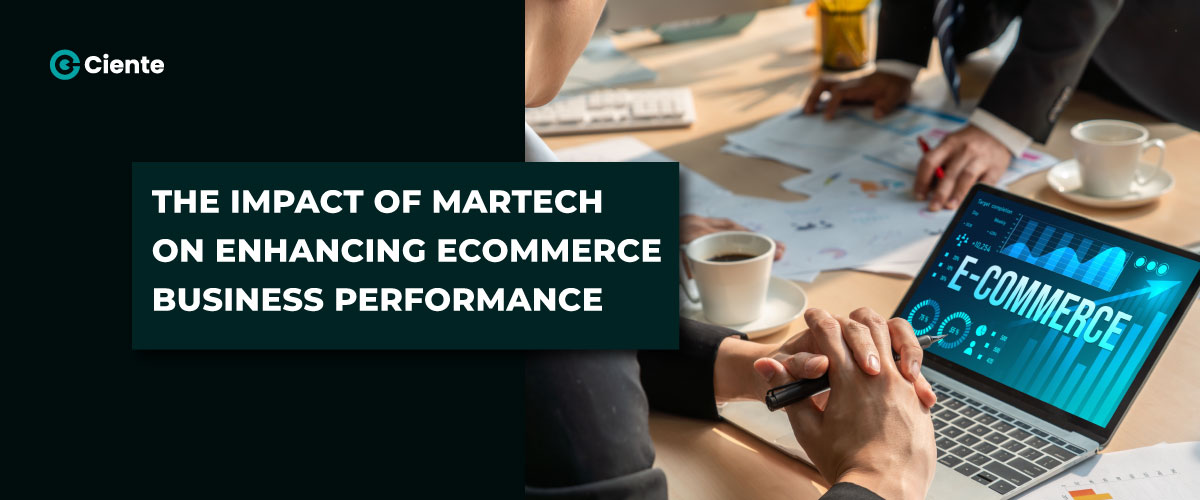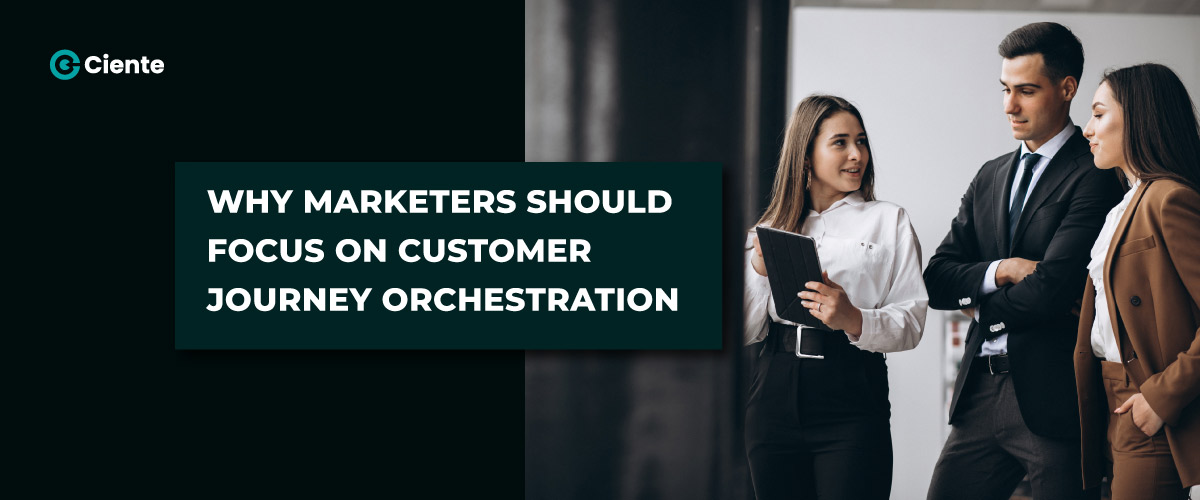
The Impact of MarTech on Enhancing E-Commerce Business Performance
From retargeting to exit pop-ups, MarTech’s role in e-commerce is

From retargeting to exit pop-ups, MarTech’s role in e-commerce is

Customer journey orchestration is about building genuine connections with prospects

Marketing teams can optimize their efforts across the customer journey

Personalization offers a tailored experience, and automation technology speeds up

If you’re investing more time in technology than it’s freeing

There’s a chasm between the CX brands deliver and what